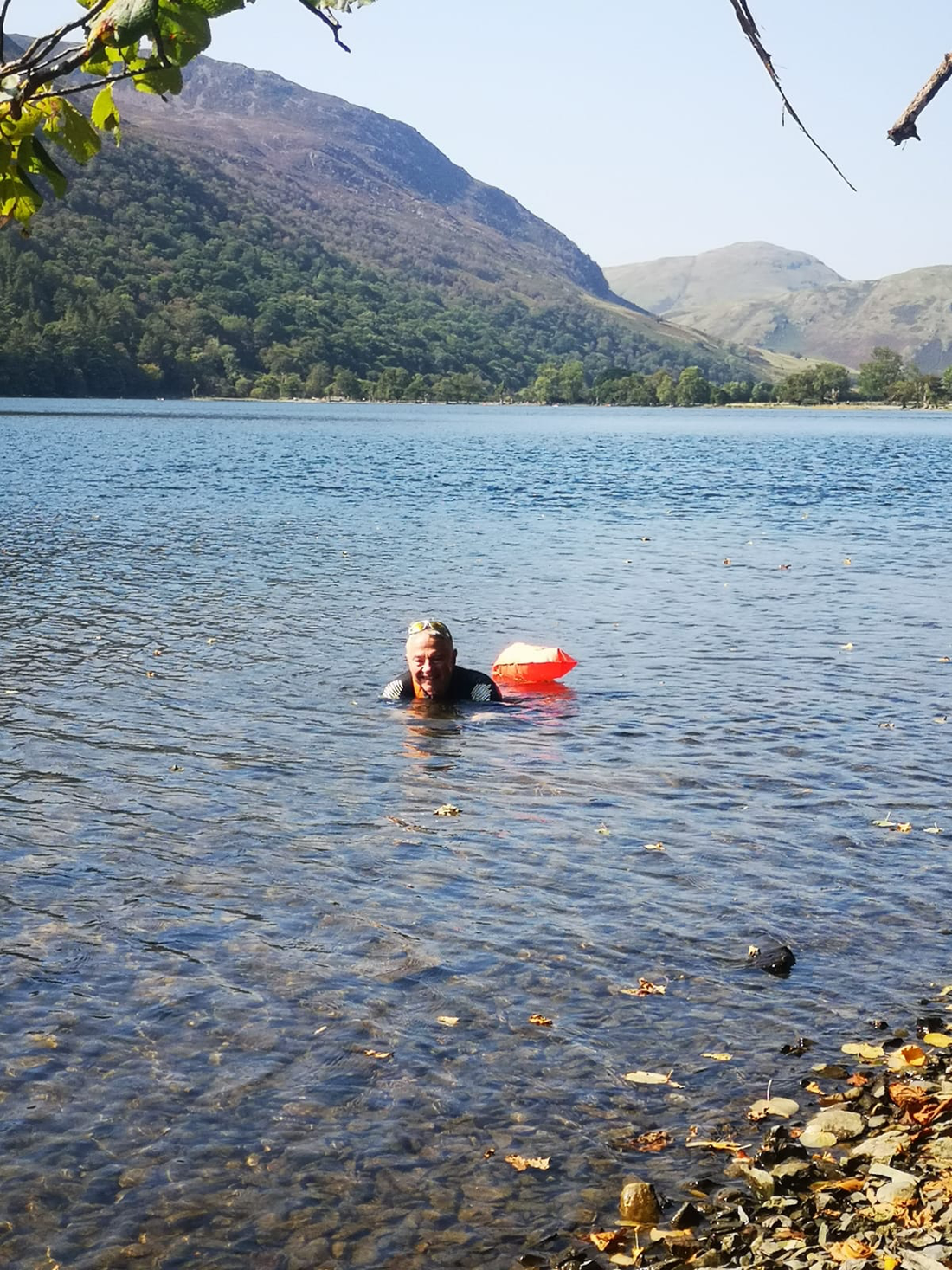
Liquid Magic
Share
|
|
|
|
The Romantics continue to command such influence over the contemporary imagination because their lives represent authentic repeatable possibilities. If Lord Byron swam across the Hellespont to duplicate the legendary crossings made by the mythical Leander on visits to his lover Hero, Ariel Percy Bysshe Shelley, (2025 new translation by Alix Daniel) final chapter recalls his swim at the burial stage of Percy Shelley as a vivid example of the Romantics connection with “inhospitable” nature. On page 290, Lord Byron, overwhelmed by grief at the exhumation of Shelley’s heart from his cremated corpse, undresses to plunge into the water ‘closer to Viareggio between sea and pine forest’. Percy Shelley cremation on the beach and in a manner inspired by ancient Greek rituals is a powerful and affecting moment. And it establishes Lord Byron as an early adopter of the now much-hyped hobby of wild or open water swimming.
When Coleridge and the others were not mountain walking in Germany, their ‘outdoors lifestyle’ centred on the Lakes of Lancaster, as Ann Radcliffe, novelist and high priestess of the Gothic, originally styled the district. Keswick, Windermere, Grasmere, Ambleside, Wastwater, Brothers Water, Blea Tarn - all those places (with so many evocative Norse and Anglo-Saxon etymologies) were their chosen natural habitat. The range of atmospheres in that list is impressive, from the playful setting of Buckstones Jum above Rydal, a folkloric favourite of the young Wordsworth and a charming splash pool, to the sombre Scandinavian glacial gravity of Wastwater, England’s deepest lake. Someone has quipped that if Wordsworth had possessed a wet suit, he might never have written The Prelude.
Swimming in Brothers Water is an all-absorbing pursuit, an addictive hobby with a large measure of nature mysticism. Dragonflies and damselflies skimming the water surface are preyed on by swallows and martins. The cold which feels at first like knives in the collarbones soon switches to pleasant warmth. Swimming in the Lake District has a special dimension since this is where Mr Wordsworth invented Nature, as the old joke goes. Yet before the 19th century and the Industrial Revolution this region was seen as a wilderness. (Samuel Johnson refused to see it as anything else on his famous tour with Boswell.) Here is Defoe writing in 1724: ‘This part of the country seemed very strange to us after coming out of so rich, populous and fruitful a place (i.e. Preston and environs) … Nor were these hills high and formidable only, but they had a kind of an unhospitable terror in them. Here were no rich pleasant valleys between them as among the Alps; no lead mines and veins of rich ore as in the Peak; no coal pits as in the hills about Hallifax; much less gold as in the Andes, but all barren and wild, of no use or advantage either to man or beast.’ A Tour through the Whole Island of Great Britain (1724-6) by Daniel Defoe (Penguin, 1986) (page 549). By 1818, when Keats took his own walking tour, a very different sensibility had established itself. Here’s his first glimpse of Windermere: “June 26 - I merely put pro forma, for there is no such thing as time and space, which by the way came forcibly upon me seeing for the first hour the Lake and Mountains of Winander - I cannot describe them - they surpass my expectation.” (Walking North With Keats by Carol Kyros Walker. Yale University Press, 1992, page 8.) What would Keats make of the joggers, fell runners, heavy-duty off-road bikers now so common on these slopes, hills and mountains? It's a safe bet he would have pointed to the Sublime element in the setting and asked if all this end-gaining left room for awe. Because the Lakes will even now rewrite the mental software of any person who permits it. In each season and in a wholly good way. Those authentic repeatable possibilities captured and preserved forever by Wordsworth, Coleridge, Southey, de Quincey et al are exactly that. They left behind in their work a kind of anthropological guidebook or - better - a Book of Magic to open a literary portal to the Sublime. And this is true despite all the depredations of mass tourism, sheep farming and ongoing eco crisis. It’s still possible to step closer to a high fells view and find underfoot a peregrine falcon which sails silently away into the green abyss.
Martin Mulligan, Journalist
|








